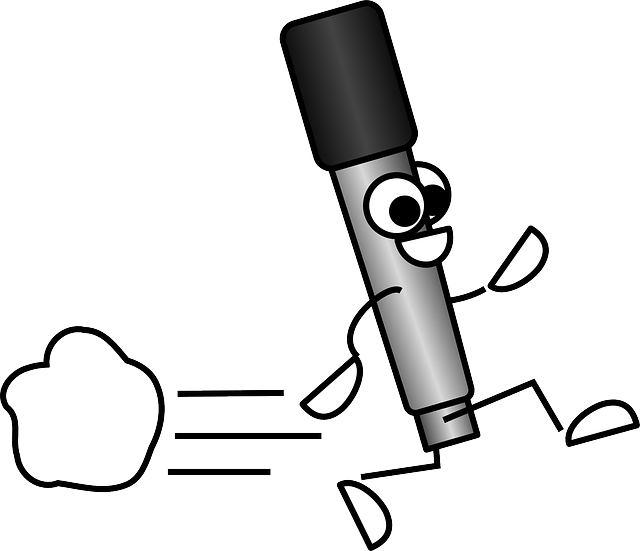Speed of Sound Lab Answers
Speed of Sound Lab
1. Set up a data table to record your observations for this Speed of Sound lab:
Data Table:
Tuning fork frequency, Hz f(printed on the fork)
Length, L water level to top of tube
Diameter of tube, d
$\lambda = 4(L + 0.3d)$
Experimental $v=f*\lambda$
Room Temperature, $T oC$
%error of the experimentally value
f L d $\lambda$ v T deg C Error
C261.6 Hz 0.317 m 0.053 m 1.331 m 348.4 m/s 23 0.3%
D293.7 Hz 0.277 m 0.053 m 1.171 m 344.1 m/s 23 0.3%
E329.6 Hz 0.247 m 0.053 m 1.050 m 346.1 m/s 23 0.25%
F349.2 Hz 0.228 m 0.053 m 0.976 m 340.9 m/s 23 1.25%
G392 Hz 0.203 m 0.053 m 0.875 m 343.2 m/s 23 0.6 %
A440 Hz 0.182 m 0.053 m 0.790 m 347.6 m/s 23 0.7 %
B493.9 Hz 0.157 m 0.053 m 0.691 m 341.7 m/s 23 1.0 %
C523.2 Hz 0.148 m 0.053 m 0.656 m 343.6 m/s 23 0.5 %
Questions
2. Fill a tall water glass with water.
3. Place the PVC tube into the water.
4. Hold a tuning fork by its handle and strike it against a wooden block or against the rubber heel of your shoe.
5. Hold the vibrating tuning fork so that the tines are horizontally aligned near the top of the tube, but not touching the tube.
6. With your other hand move the tube slowly up and down in the water until it resonates at the point of maximum sound intensity.
7. Immediately stop and measure the distance from the top of the resonance tube to the top of the water (L) and record it. This is approximately one quarter of the wavelength.
8. Measure the diameter of the resonance tube (d) and record.
9. The wavelength of sound is given by $\lambda = 4(L + 0.3d)$.
10. The frequency of the sound (f) is that of the tuning fork. Record it in your data table.
11. Use the thermometer to measure the room temperature and record. You will need this to calculate the actual speed of sound at that temperature.
Continue reading on the speed of sound…
Answers (Speed of Sound Lab)
1. Calculate the experimental speed of sound: $v = f*\lambda$
$\lambda = 4(L + 0.3d)$
$f$ = frequency of the tuning fork
2. Calculate the actual speed of sound:
$V(speed of sound) = 331.4 + 0.6*Tc m/s$
Temperature in Celsius degrees $Tc = 23$.
Theoretical speed of sound is
$V(speed of sound) =331.4+0.6*23 =345.2 m/s$
3. Calculate the percent error of your experimentally derived value:
% error = (experimental value – theoretical value) x 100/theoretical value
Question: Considering the length of your resonance tube, what is the lowest frequency tuning fork you could use for this experiment? Show your calculations!
Answer: The tube has a length of 0.350 m. Hence the longest wavelength of the sound in the tube can be $\lambda =4(0.35+0.3*0.053) =1.464 m$. The lowest theoretical frequency that can be measured is therefore $f =v/\lambda = 345.2/1.464 =235.8 Hz$
Results and Conclusion
Results: What were your results? What do they show/prove?
For the results see the above table. The estimate errors on the measured speed of the sound are between 0.25% and 1.25% which show that the method presented above to measure the speed of sound is quite accurate. It does not involve large errors and give a quite good value for the experimental speed of sound.
Interpretation: What did this experiment show? Why is this lab important?
This experiment show that it is possible to measure the speed of the sound with a good precision by knowing the its frequency and by deducing its wavelength from resonance measurements.
Uncertainty in results: What were some of the uncertainties in the results?
The main uncertainty in the results comes from estimating the length of the resonant tube with respect to the position of the resonant fork.
Errors:
What kind of errors could there have been in the experiment? How could these have been prevented? Is there any way to prevent all of the errors?
The errors in the results (for speed of sound lab) are systematic. They come from the position of the resonant fork on the top of the tube (it must be centered and not touch the top of the tube, but not too high) and the second error is the practical measurement of the resonant length of the tube with respect to the water level which can be done at best with an estimated accuracy of 0.003 m. Of course other errors can be taken into account such that the error in measuring the room temperature which is at least 0.5 degree Celsius. All this errors could be reduced by measuring with greater precision the length of the resonant tube and the temperature in the room. There is no way to prevent all the measuring errors.


